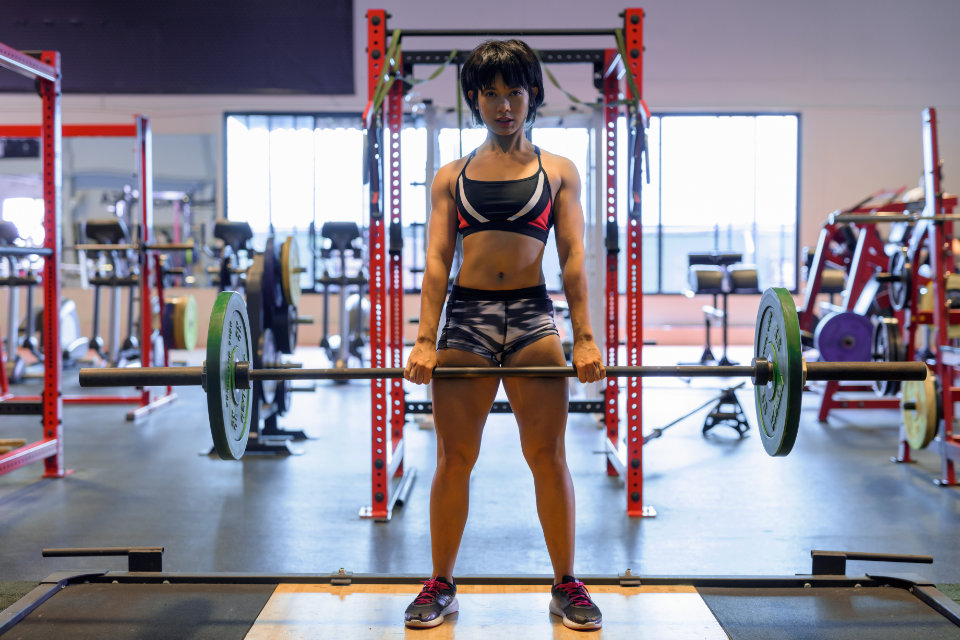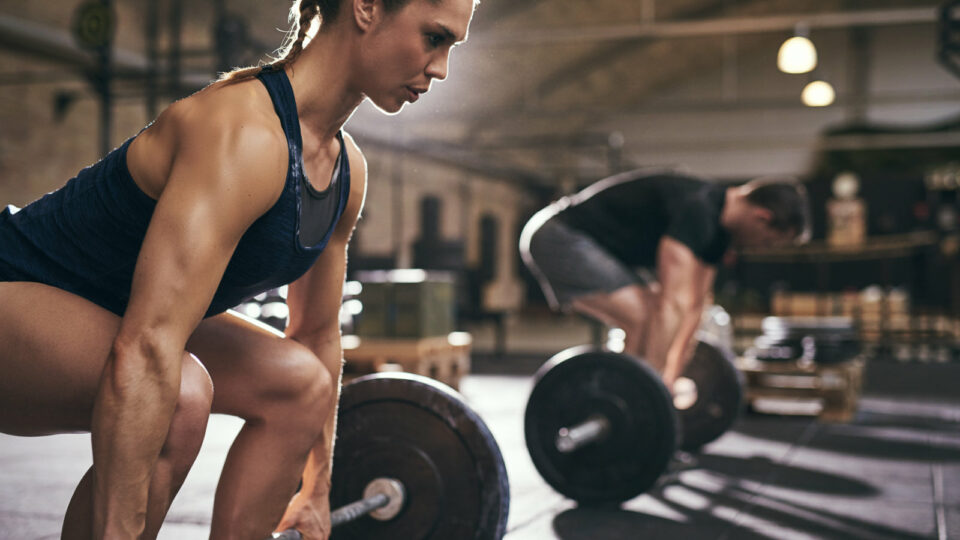Running is an endurance sport, leading many to focus primarily on cardiovascular training. However, this perspective misses a crucial component of a runner’s development. To enhance speed, agility, and prevent injuries, integrating a comprehensive gym routine, including strength training exercises like deadlifting, alongside running is essential.
Many runners shy away from incorporating weightlifting into their regimen, preferring “gentler” activities like yoga and pilates. While these have their merits, certain weightlifting exercises, especially the deadlift, offer unparalleled benefits. Today, we’re diving deep into the world of deadlifting and its significance for runners.
Table of Contents
Why is Deadlifting Beneficial for Runners?
As you probably know, the deadlift is one of the core exercises for anyone who wants to gain strength and accelerate gym progress. For runners, however, there are three main reasons why it’s extremely beneficial.
1. Gaining Strength Can Improve Running Economy
Studies show that increasing lower body strength can lead to a better running economy. The deadlift is one of the key exercises, along with the squat, for developing muscles in the legs and glutes, and so that makes it beneficial for runners from the get-go.
To clarify, running economy refers to how efficiently you can use the oxygen you intake. It’s multifactorial, and the combination of good running economy and Vo2 max is what makes you a better runner. Essentially, since strength training can improve running economy, it can directly impact running performance overall.
Another way in which strength training improves running economy is through strengthening the muscles of the lower body, which can massively improve the ground reaction force and allow you to move further with each stride.
2. Sustain Running Technique Regardless of Distance
More often than not, runners who don’t do strength training tend to have bad posture – shoulders that arch forward, a typical position for most people working a 9-5 job.
Even if you’re able to run marathon distances, it’s possible to do so with your posture not being up-to-par, mainly because running doesn’t develop the muscles surrounding the spine (spinal erectors) or any of the muscles in your upper body, which are vital for improving posture, not only when running but also in day-to-day life when running.
Doing deadlifts regularly can massively aid in developing the muscles in the pack and all the key muscles that play a role in having good posture. This will ensure that you can maintain proper posture while running easily, and over time, it will be something the body does automatically, without requiring active thinking.

Photo Credit: 123RF
3. Avoiding Injuries
If you want to avoid injuries as a runner, having strong and capable hamstrings is of vital importance. In general, running puts a huge strain on the hamstrings, especially when performing sprinting intervals or doing trail running on steep terrain. The only way to deal with this strain is to have well-developed hamstrings that can produce force while also remaining resilient to longer running distances.
Deadlifts can be vital for mitigating knee pain, which is common among runners, especially those who regularly go for longer distances or increase the intensity of the way they train. Having a weak posterior chain (think back and hamstrings) and stronger quadriceps is often what causes this issue, as well, and this kind of muscular imbalance is pretty common among runners.
By incorporating the deadlift into your training regime, you can increase the strength of the posterior chain substantially and thus correct the muscular imbalance and mitigate knee pain.
While we’re on the topic of knee pain, it’s important to mention that running volume also has a huge impact on such injuries. Although deadlifting can lower the chances of such injuries occurring, it needs to be said that no amount of strength training will help you if you dramatically increase the volume or the intensity of your running sessions – you have to build slowly and steadily if you want to avoid putting too much strain on the body.

Photo Credit: 123RF
How To Start Deadlifting as a Runner
It’s a good idea to start deadlifting during the so-called “off-season” – meaning the period of the year, where you don’t have any races lined up and you can take your training up a notch. You should start building slowly – the idea here is not to start chasing one more performance stat. Instead you should be focused on progressively overloading the deadlift in an appropriate manner that helps your running performance, without hampering it.
Another important part of incorporating deadlifting into your training regime is ensuring you perform the exercise with the correct technique. Even though it looks relatively straightforward, experience has shown us that more often than not, beginners do need help with their technique, and sometimes, using accessories such as weightlifting straps and belts can help, as they take the mind of the athlete off of the weight and help them focus on the movement.
Still, our recommendation here is to get a personal trainer who can ensure that your technique is correct and that you’re not lifting more than what your body can handle currently. Along with that, they can help you build a strength training plan that aligns with your running goals so that you don’t have to wonder how to balance the two.
The Crucial Role of Deadlifting in a Runner’s Journey
Even though, at first glance, you might think that just adding running volume is enough to improve at the sport, you’ll soon learn that’s not exactly right. If you’re a runner who cares about improving performance, building muscle, and preventing injuries, then incorporating deadlifting into your training program is a must-do, and hopefully this article helped you learn why.
Of course, that’s not the only weightlifting exercise that’s beneficial for runners, and if you want to learn more, you can check out our other articles on running and strength training.
What is the proper stance for a deadlift?
Begin with your feet hip-width apart, with your toes pointing slightly outward. The bar should be over the center of your feet, close enough to touch your shins.
What are the benefits of deadlifting?
Deadlifting benefits include increased muscle strength and mass, improved posture, enhanced grip strength, and better overall physical performance. It also helps in developing core stability and can contribute to fat loss as part of a structured exercise regimen.
What muscles does the deadlift work?
The deadlift is a compound exercise that targets multiple muscle groups, including the glutes, hamstrings, lower back (erector spinae), upper back, traps, and forearms. It’s effective for building overall strength and muscle mass.
What’s the best way for beginners to start deadlifting?
Beginners should start with light weights or even a barbell without any added weight to focus on mastering the form. Practicing with a trainer or experienced lifter can provide valuable feedback. Gradually increase the weight as your technique improves and you become more comfortable with the movement.
How should I grip the bar during a deadlift?
You can choose between a double overhand grip or a mixed grip (one hand over, one hand under). Ensure your grip is just outside your legs to keep the bar path straight and close to your body.
How do I know if I’m lifting the right weight for a deadlift?
Start with a weight that allows you to maintain proper form throughout the lift. If you can complete sets without compromising form, consider gradually increasing the weight.
What is the correct posture for deadlifting?
Keep your back flat, chest up, and shoulders slightly in front of the bar before lifting. Engage your core, and ensure your hips and shoulders rise at the same time as you stand up with the weight.
Are deadlifts safe for everyone?
While deadlifts are generally safe when performed with proper form, individuals with certain back issues should proceed with caution or consult a healthcare professional before incorporating deadlifts into their routine.





